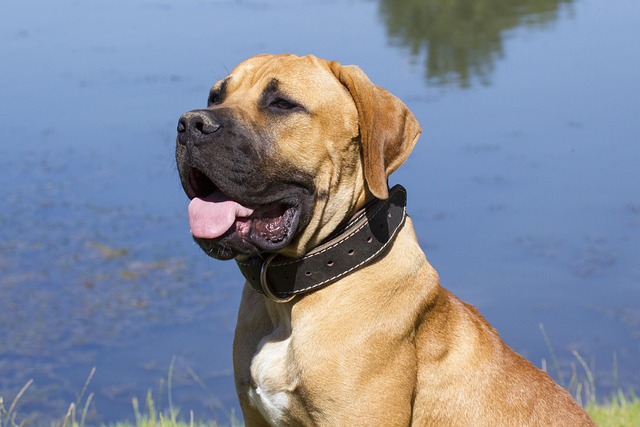
How do I start my dog on agility training?
The idea of watching your dog leap, weave, and race through an agility course is exhilarating. But before you dive in, it’s essential to understand the journey ahead,
That tail-wagging enthusiasm as you grab the leash quickly turns chaotic when your dog bolts out the door, lunging at every passing jogger or barking at birds. Taming that outdoor energy isn’t just about peace of mind—it’s essential for your dog’s safety and compliance with local leash laws and noise ordinances.
Start by understanding your dog’s triggers. Sights, sounds, and scents overload their senses, especially in urban areas. Before leaving home, spend five minutes practicing basic commands like “sit” and “stay” indoors. This warms up their focus muscles, making them more likely to listen when distractions hit. Use high-value treats—cheese cubes or tiny pieces of cooked chicken work wonders.
Leash choice matters more than you’d think. Retractable leashes might seem convenient, but they often encourage pulling and unpredictability. Opt for a sturdy 4-6 foot nylon or leather leash, which gives you better control without violating leash length regulations in most areas. Pair it with a well-fitted harness that distributes pressure evenly, reducing the risk of choking or neck injuries.
Counteract excitement with structured walks. Instead of letting your dog zigzag across the sidewalk, set a clear pace and route. When they start to pull, stop moving and wait calmly. Once they relax their tension, reward with a treat and continue. Remember, many local codes require dogs to stay on designated paths to protect wildlife habitats and prevent trespassing.
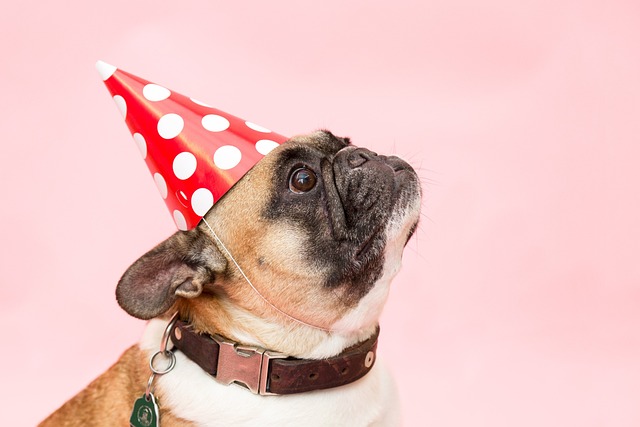 Create calm pockets during outdoor playtime. If your dog gets hyper in the park, find a quiet corner away from high-traffic areas. Practice simple tricks like “down” or “roll over,” using the treats as a bridge to relaxation. This not only tires them mentally but also demonstrates that calm behavior earns rewards, crucial under anti-nuisance laws that govern pet behavior in public spaces.
Create calm pockets during outdoor playtime. If your dog gets hyper in the park, find a quiet corner away from high-traffic areas. Practice simple tricks like “down” or “roll over,” using the treats as a bridge to relaxation. This not only tires them mentally but also demonstrates that calm behavior earns rewards, crucial under anti-nuisance laws that govern pet behavior in public spaces.
Noise management is key, especially in residential neighborhoods. Teach the “quiet” command by making a sharp noise like a hiss when your dog barks, then rewarding silence. Carry a small spray bottle filled with water as a gentle deterrent if excessive barking persists. However, be aware of animal cruelty laws—any correction method must be humane and non-harmful.
Socialization plays a dual role. While exposing your dog to new sights and sounds helps build confidence, too much too soon can backfire. Start with low-key environments like a quiet street during off-peak hours. Gradually introduce controlled interactions with friendly dogs and people, always respecting local leash and vaccination requirements.
Finally, factor in physical and mental exhaustion. A tired dog is a well-behaved dog. Incorporate puzzle toys into their daily routine, like treat-dispensing balls filled with kibble. Before outdoor outings, engage in a short game of tug or fetch indoors to burn off initial energy. Just ensure playtime equipment meets safety standards set by consumer protection agencies.
By blending consistency, patience, and a dash of creativity, you’ll transform those chaotic outdoor adventures into enjoyable, stress-free strolls. After all, a calm dog doesn’t just make your life easier—it strengthens the bond you share with your four-legged friend.

The idea of watching your dog leap, weave, and race through an agility course is exhilarating. But before you dive in, it’s essential to understand the journey ahead,

Deciding to bring a Yorkie into your home means embracing a tiny bundle of energy and charm, but it also raises an important question: how straightforward is potty training?
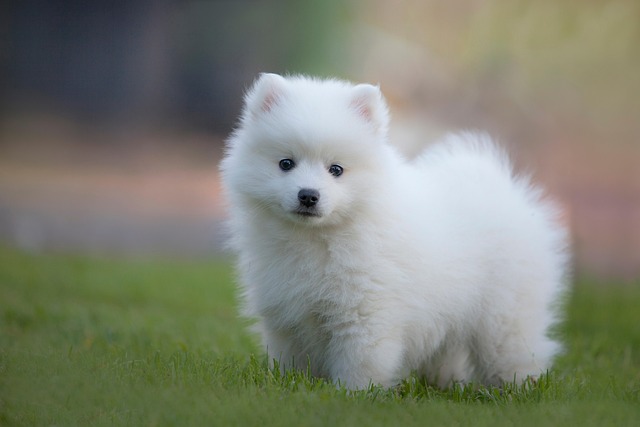
Bringing home a new puppy is an exciting adventure, but it also comes with the big question: What is the first thing you should train your puppy?

Imagine you’re at Seattle’s Green Lake Park with Luna, your energetic Shepherd mix. She spots a duck and lunges, choking herself on the collar.
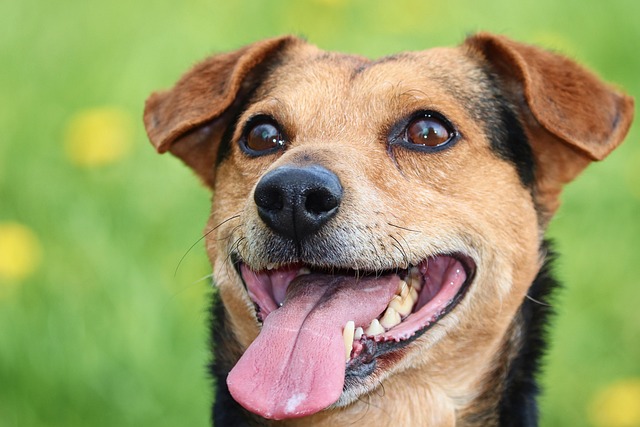
Teaching a 2-year-old dog to fetch might seem challenging, but it’s a rewarding way to bond and keep your furry friend active. Fetch isn’t just a fun game—it provides mental stimulation and physical exercise, essential for a healthy dog.
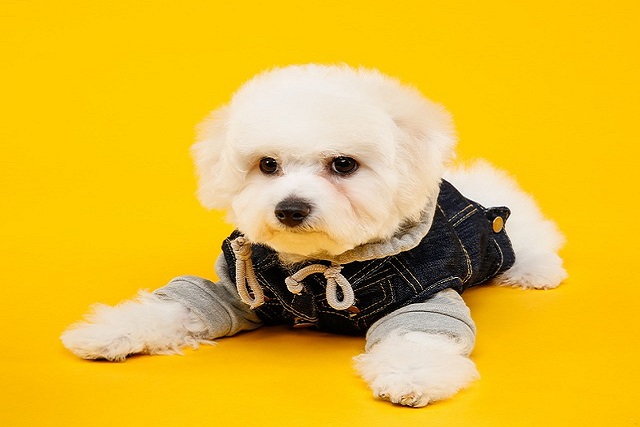
You’ve read all the articles, stocked up on premium treats, and patiently clicked and rewarded your new rescue pup, Charlie.